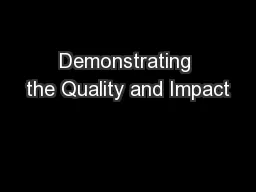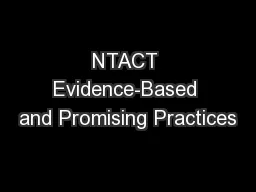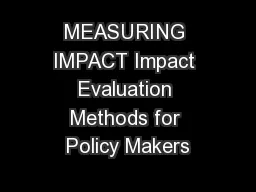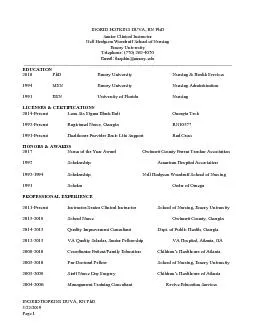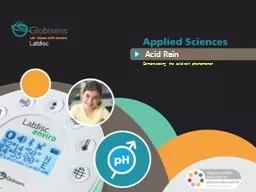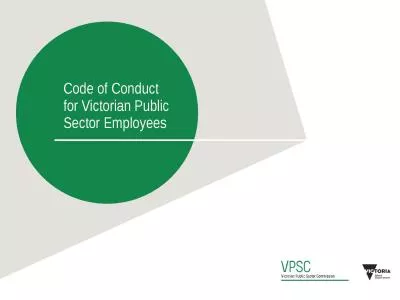PPT-Demonstrating the Quality and Impact
Author : tatiana-dople | Published Date : 2017-06-22
of Supportive Housing Key ProjectLevel Outcome Measures MHSA Promising Practices Call 41311 What is Outcome Measurement Answers the question are we doing the
Presentation Embed Code
Download Presentation
Download Presentation The PPT/PDF document "Demonstrating the Quality and Impact" is the property of its rightful owner. Permission is granted to download and print the materials on this website for personal, non-commercial use only, and to display it on your personal computer provided you do not modify the materials and that you retain all copyright notices contained in the materials. By downloading content from our website, you accept the terms of this agreement.
Demonstrating the Quality and Impact: Transcript
Download Rules Of Document
"Demonstrating the Quality and Impact"The content belongs to its owner. You may download and print it for personal use, without modification, and keep all copyright notices. By downloading, you agree to these terms.
Related Documents

